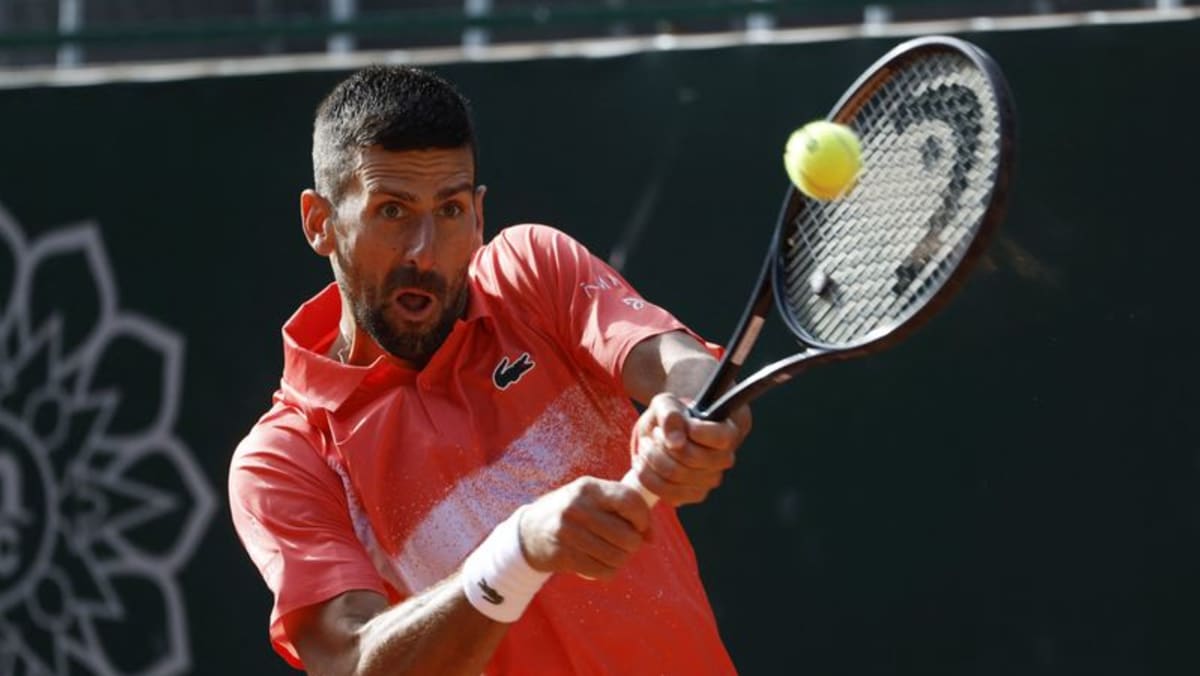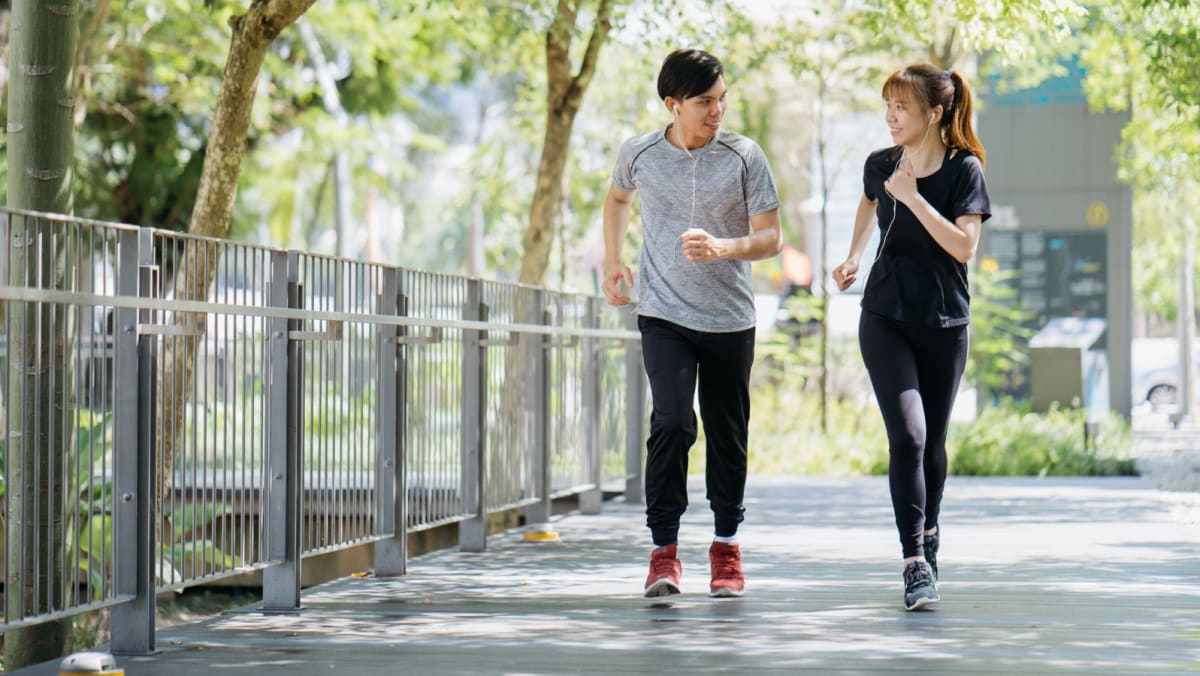HOW TO DIY
So, what can you realistically do to track your own ageing?
To truly understand how you’re ageing, it helps to think beyond physical health. Mental sharpness, emotional resilience and social connection matter just as much. One helpful idea is to assess your cognitive fitness, which includes skills like attention, memory and flexibility.
Here are some cognitive tests you can try at home:
Trail making test: Connect numbers and letters in sequence (1, A, 2, B, etc) and time how long it takes. This measures your ability to switch between tasks.
Stroop task: Challenges your ability to ignore competing information. Try saying the colour of a word, not the word itself – like saying “red” when you see the word “blue” printed in red ink. It’s harder than it sounds!
Dual-task challenge: Walk at your normal speed while counting backwards from 100 in threes. If your walking speed changes significantly, it could indicate cognitive strain.
These kinds of tasks test how well your brain handles competing demands – a key ability that becomes even more important as we age. This skill is known as cognitive flexibility and it helps you adapt to changing situations, switch between tasks and manage distractions.
Trying out these tests is great, but how do you know if you’re improving? After all, when you have spent time trying to improve your walking speed, or Stroop ability – or even rubbing your head, patting your belly while saying the Finnish alphabet out loud – it’s important to know if you are seeing benefits.
Some measures, like single-leg stance, can vary wildly from day to day – or even hour to hour. You might get better just from repeating it, which doesn’t necessarily mean you’re ageing better, just that you’ve practised.
Others, like grip strength, change very slowly even with regular strength training. And some improvements are task-specific: getting better at the trail making test doesn’t necessarily make you sharper at doing Wordle.














